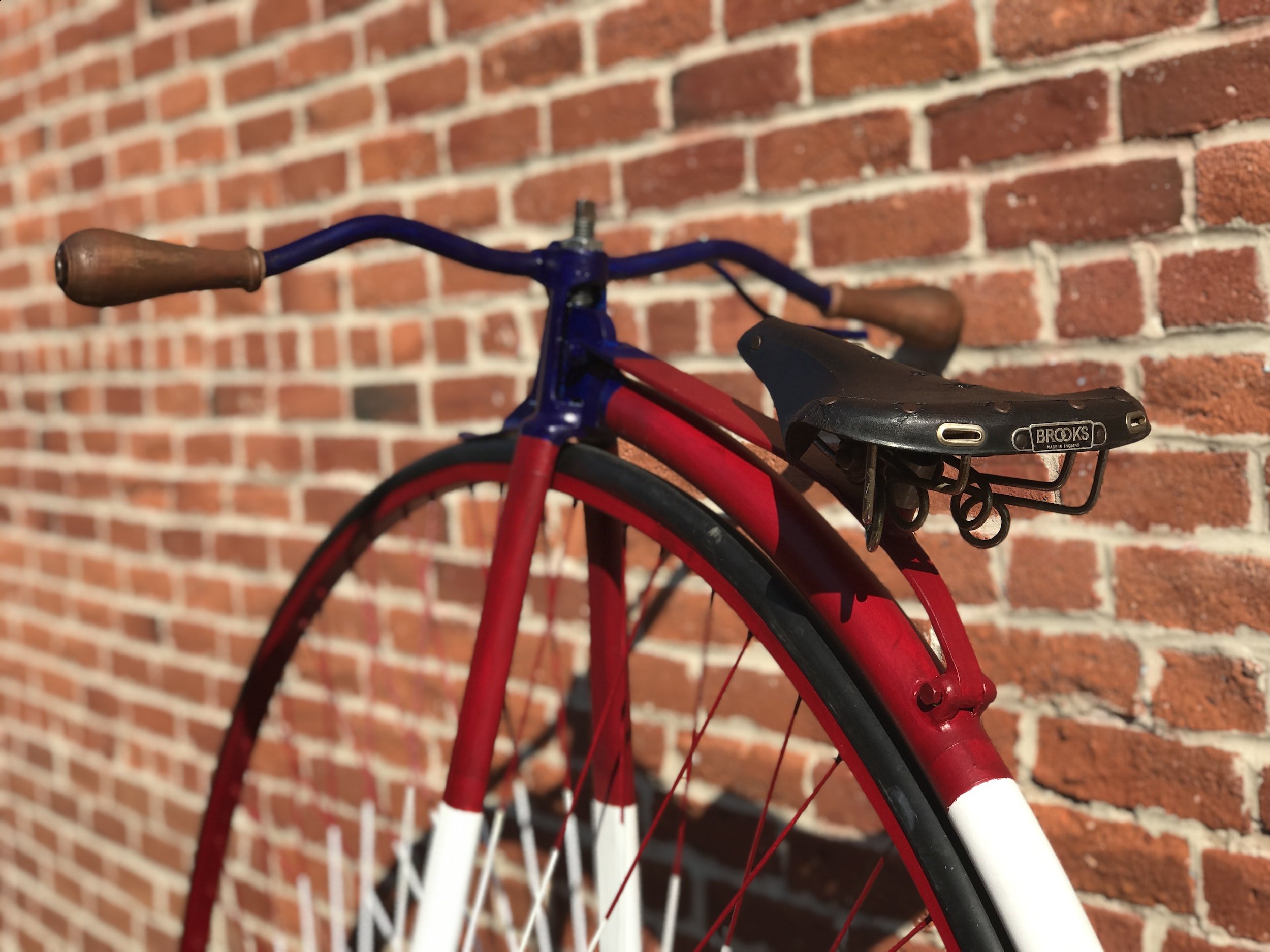
Florida Bicycle Association History 1990’s
1999
The union between FBA and FORBA was finalized at the FORBA board meeting on February 27 in Palm Bay. FORBA would now stand for Florida Off Road Bicycle Advocates, a committee of the Florida Bicycle Association. Bob Michaels, president of FORBA, became the newest member of the FBA board.
1999 proved to be a banner year for Florida Bicycle Association. By the end of the year, membership had increased to 345 individual and family members, 13 bicycle clubs and 13 other corporate or government members for a total of 371 members. Many club, corporate and individual donors provided significant support to FBA in 1999, including an anonymous stock donation that brought FBA over $7,700.
The financial support and the enthusiastic involvement of members and the FBA board of directors combined to produce successful results in 1999 including:
Partnering with Bike Florida, Inc. to obtain the signatures, funding and legislation necessary for the Share the Road tag. (The tag should be available in spring 2000!)
Hosting of Bike Action workshops in cooperation with local governments in Orlando, Jacksonville, the Panhandle (Destin), Broward County (Davie), Pinellas County (St. Petersburg) and Key West, reaching over 130 people with the “how to” of bicycle advocacy. The Bike Action workshops were primarily funded by a safety grant from FDOT.
Hosting a Bicycle Friendly Communities roundtable in conjunction with Bike Florida’s Share the Road Rally
Production of four quarterly issues of the Florida Bicycle Messenger, sent to all members plus a courtesy mailing list (Thanks to Randy Williams, production editor for the Messenger.)
Set up of FBA’s web site at www.floridabicycle.org (Thanks to Roger Pierce, web master.)
Successful application to the Florida Department of Transportation Safety Office for continued funding into 2000
Participation by FBA in the update process of the State of Florida’s long range transportation plan, the 2020 Florida Transportation Plan
The FBA board was expanded from a maximum of seven members to eleven members. New board members in 1999 were Randall Williams from Casselberry who is also production editor of the FBA Messenger, and Hal Downing, an attorney in Orlando. It is notable that all of the six board members who served in 1999 wished to continue on the board in 2000 The FBA board ended 1999 with eight members.
FBA also grew by two staff members. Paul Hardy from Apopka was FBA’s new Program Director. Deb DeVoe from Altamonte Springs became FBA’s part time membership director. Deb handles individual and family memberships.
By spring it was becoming clear that FBA needed an executive director. The volunteer board by itself could not continue the effort necessary to sustain the organization. With little money in its coffers, FBA could not afford to hire an executive director. Carol Wilson, treasurer on the FBA board, volunteered to work as the E.D. with the goal of increasing FBA’s membership and financial resources as quickly as possible. About this same time FBA received a determination letter from the IRS as a 501(c)(3) educational and charitable nonprofit corporation.
A new quarterly newsletter for FBA was launched by Mighk Wilson, named the Florida Bicycle Messenger. Henry Lawrence and Randy Morton established FBA’s first web site. Kathy Oates organized FBA’s first Bike Action workshop in St. Petersburg. FBA’s first annual meeting was held in conjunction with the Mount Dora Bicycle Festival. Henry Lawrence, the first president of the new FBA passed the gavel to Linda Crider, who agreed to serve a second term on the board as President. Art Ackerman, Tina Russo and Dan Moser joined the FBA board. The “Share the Road” tag campaign headed by Henry Lawrence, which began to lose steam over the summer, was reinvigorated by Jimmy Carnes, executive director of the Governor’s Council on Physical Fitness and Sports. Jimmy worked with Bike Florida, Inc., FBA and the Florida Department of Transportation (FDOT) to secure the $30,000 initial funding, to finish collection of the 10,000 petition signatures, and to help find sponsorship in the Florida House and Senate for the necessary legislative bills to authorize the tag.
By the end of 1998, FBA had grown to 179 members, including eight bicycle clubs. Near the end of 1998 FORBA approached FBA about the idea of uniting FORBA and FBA into one organization. The FORBA board realized the tremendous commitment of time and money that it takes to run an organization, and felt that it was in FORBA’s best interest to become a part of FBA.
FBA organizers Henry Lawrence, Linda Crider, Kathy Oates, Lys Burden and Carol Wilson formed a new board of directors and started a brand new not-for-profit corporation. Like its predecessor, they named it Florida Bicycle Association, Inc. An organizational meeting was held at the Disney Coronado Springs resort in September; those meeting participants formed the nucleus of the new organization. Not long thereafter, Dwight Kingsbury joined the board of directors. One of FBA’s first projects was to revive the “Share the Road” campaign. The upcoming renewal of ISTEA legislation also became a top priority focus.
1998
1997
1996
On the day after Christmas an inattentive truck driver in Clay County drove into six cyclists, killing Margaret Raynal and Doug Hill of Gainesville. Outraged cyclists conferred by e-mail and resolved to reestablish the FBA. An e-mail list was started to facilitate communications. Initial discussions centered on forming one statewide organization that would address both on-road and off-road bicycling issues. In the end, two organizations emerged – Florida Off Road Bicycle Association (FORBA) would focus exclusively on off-road trails and the related land use issues, and Florida Bicycle Association (FBA) would focus on the broader spectrum of cycling and related issues.
1991
FBA disbanded. An executive director had been hired, but was unsuccessful in raising funds. Board members were unable to continue devoting the time required for active leadership.
1995
By year end, membership included 18 clubs, four bike shops and 159 families and individuals.
The first FBA president, independent filmmaker Robert Seidler, produced a series of TV public service announcements that were financed by a grant to the Spokespeople that Lasche obtained from the Sarasota County Foundation.
A bimonthly newsletter, Florida Bike Lanes, functioned as a statewide information clearinghouse. Annual meetings were combined with “casual country cooler rides” in central Florida towns such as Winter Haven and Mount Dora. The FBA maintained a legislative liaison and advocated for state funding of bicycle and traffic skills education in the schools. It also pushed for bicycle registration and mandatory helmets for children and supported the development of rail trails such as the Tallahassee-St. Marks.
